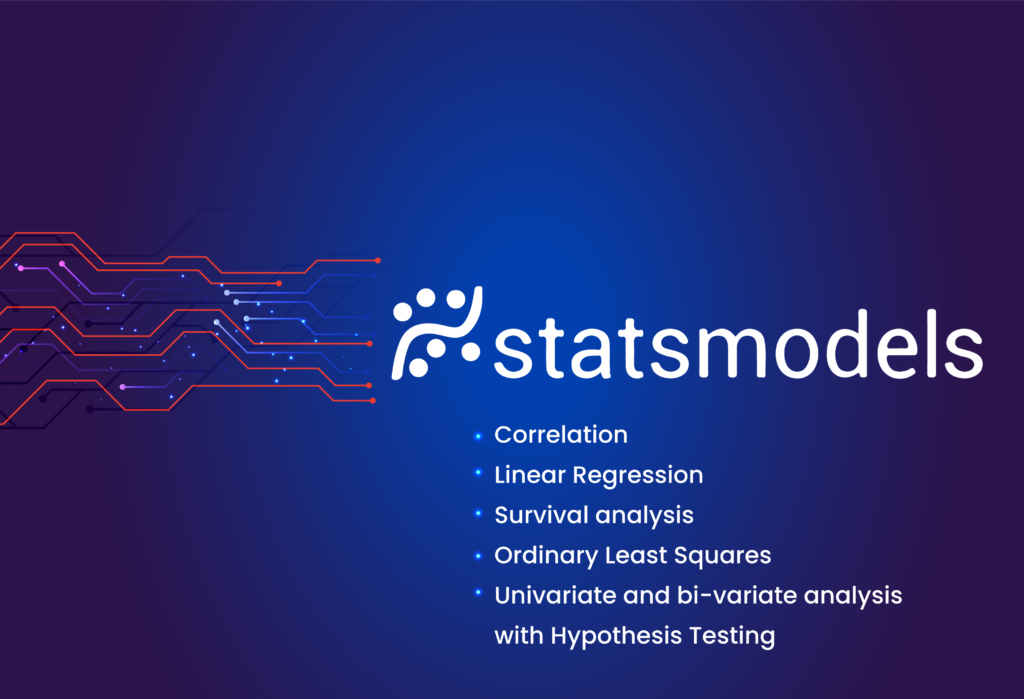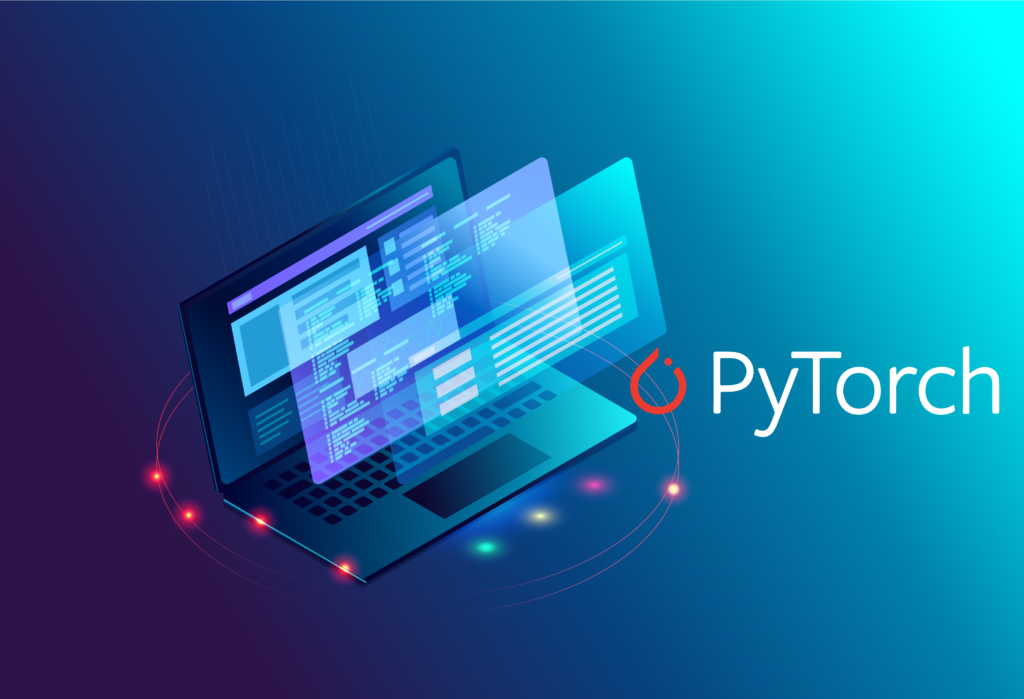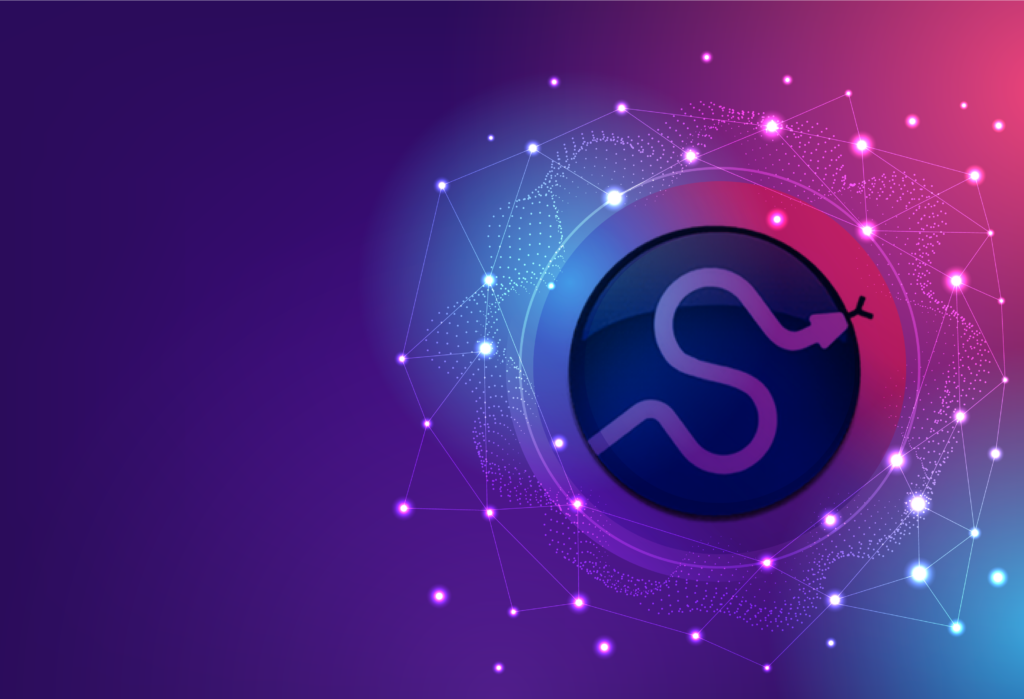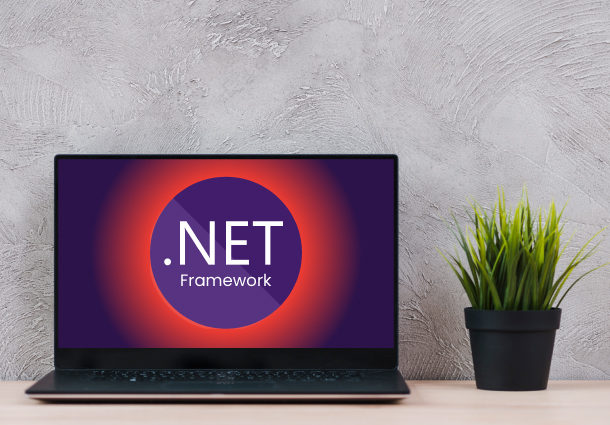The rise of Python language- How do you deal with that?
Python for Data Science is at its best phase now. With Python, developers would be able to create standalone, games, PC and mobile applications. Python has above 137,000 libraries to lend hands in different ways. In this world-so-composed of data, consumers would be able to fetch relevant information on what they are going to buy. Companies would also need data scientists to convert insights into large data sets.
The information would enable them to make more critical business decisions and streamline the way they operate. With the help of data scientists, your company can explore new opportunities you have never thought of before. That is going to give you a new high in the market. When you are using Python libraries for data science, it will bring you a lot of scope in the current market. Python’s use for data science is a milestone in technology. It can help you build better products. Make sure to use the best Python library, the one which suits you the best.
Importance of data in present times
This is the golden age of data scientists for Python uses in data science. It is a fast growing and the most highly paid domain in the tech industry. When there is a high demand for data scientists, you can understand the role of data currently. Resources can learn, analyze and represent data in a better manner.
Even though there are plenty of courses you can rely upon, you need to rely on your real-time experience to learn how you can spin your data according to your business requirements. Once you get to understand how you can make use of your unstructured data, the opportunities are countless. To ensure that you are making the best use of Python, you need to choose the right Python libraries. The library you choose should be suitable for your product. This is the only way you are going to build the right product.
These are the top Python Libraries you can use in the current times:
-
NumPy
When you use this Python libraries for data science, you can utilize it for better purposes. If you are a developer or a data scientist relying upon advanced technologies to deal with data-related stuff, then NumPy is the hot cake.
 This Python package would be present to perform more scientific computations. The registrations are carried out under the BSD license. With NumPy by your side, you would be able to make use of C and C++, n-dimensional array objects, Fortran program-related integration tools, functions needed to perform more complicated mathematical operations such as
This Python package would be present to perform more scientific computations. The registrations are carried out under the BSD license. With NumPy by your side, you would be able to make use of C and C++, n-dimensional array objects, Fortran program-related integration tools, functions needed to perform more complicated mathematical operations such as
Fourier transformation, random number, linear algebra and so on. One would be able to use NumPy in the form of the multidimensional based container if you are going to treat any kind of generic data. You would be able to integrate the database when you choose a number of operations you can perform with. We install NumPy and bring it under the support of TensorFlow.
This would be in addition to other complicated machine learning areas that are going to empower internal operations. Owing to its Array interface nature, it would allow more options for reshaping larger datasets. We can use it to treat different images, binary operations and sound wave representations. If you just set foot in the ML or data science field, you need not be exposed much to NumPy for processing the real-time data sets.
-
Keras
Keras is known to be one among the most powerful Python libraries that would allow more high-level neural networks APIs for integration purpose. These APIs would execute above the par of TensorFlow, CNTK and Theano. We created Keras to reduce any upcoming challenges we face in complex research. This would allow them for computing more quickly. If you are someone leveraging deep learning libraries meant for your work, then Keras would be the best ever option. It would allow you to enable faster prototyping, offer more support to recurrent and convolutional networks in an individual manner.
Thus you can enable execution over different CPU and GPU. Keras would offer you with a more user-friendly and compatible environment. This would reduce your time and effort in a cognitive load along with simpler APIs that would give us the results we expected. Thanks to the modular nature, anybody would be able to use a large variety of modules, right from optimizers, neural layers, activation functions and much more to develop a new model. This is an example of an open-source library you have written using Python. If any data scientists have trouble while adding any new modules, they can use Keras for the purpose of adding a new module in terms of functions and classes.
-
Statsmodels
Statsmodels, as the name suggests, is the best Python library to deal with statistics. We enable this Python library to offer data exploration modules by using multiple methods for performing statistical analysis as well as calculations. Using regression techniques, analysis models, robust linear models, discrete choice model and time series are the enhancing factors for this Python library. It uses the plotting function meant for statistical analysis in order to achieve high-performance outcomes when you process large statistical data sets. Conducting statistical tests along with statistical data exploration seems quiet easiest in R.
Using regression techniques, analysis models, robust linear models, discrete choice model and time series are the enhancing factors for this Python library. It uses the plotting function meant for statistical analysis in order to achieve high-performance outcomes when you process large statistical data sets. Conducting statistical tests along with statistical data exploration seems quiet easiest in R.
This also helped you avoid Python for statistical analysis until and unless they explored Python or Statsmodels. If you need easy computations meant for descriptive statistics as well as estimation, you can go for Statsmodels. Going up for this Python library would be a great choice if you need to build more complex analysis models. Never hesitate to ask your outsourced product development company to know more about this library. They would be able to explain all the options you have under this Python library.
These are the options you have under Statsmodels:-
- Correlation
- Linear Regression
- Survival analysis
- Ordinary Least Squares
- Univariate and bi-variate analysis with Hypothesis Testing
-
Theano
This is another Python library that can assist every data scientist to perform larger multi-dimensional arrays that relate to computing operations. You can use it for parallel computing and distribution related tasks. You are free to optimize, evaluate and express array-related mathematical operations. It is related closely to NumPy and is moulded by numpy.ndarray function.
Owing to GPU related infrastructure, it has the capacity to process every operation in a better manner compared to your CPU. This fits stability and speed optimizations. This would, in turn, deliver everyone what outcomes they are expecting from the operations. Meant for faster evaluation, the dynamic C code generator is quite popular among different data scientists. So they can also perform unit-testing for identifying flaws in the complete model.
-
PyTorch
When you use PyTorch, you have to be aware that you are using the world’s largest machine learning libraries meant for researchers and scientists.  This would make sure that they carry out dynamic computational graph designs and fast tensor computations. When it comes to neural network algorithms, PyTorch APIs would play a better role. The hybrid front-end PyTorch platform is extremely simple to use. This would offer us the privilege to transition in graph mode meant to optimize.
This would make sure that they carry out dynamic computational graph designs and fast tensor computations. When it comes to neural network algorithms, PyTorch APIs would play a better role. The hybrid front-end PyTorch platform is extremely simple to use. This would offer us the privilege to transition in graph mode meant to optimize.
To achieve more accurate results when it comes to asynchronous collective operations as well as establish a face to face communication, it can provide your users with native support. By using native ONNX (Open Neural Network Exchange), you can export different models for leveraging platforms, visualizers, run-times along with other different resources. The best ever part of PyTorch is that it enables a cloud-related environment to scale the resources that we use in testing or deployment easily. We develop this concept on a different ML library known as Torch. For the past years, PyTorch has been more popular among different data scientists since it has been trending in the data-centric section.
-
Pandas
You can also refer to Pandas as Python Data Analysis Library. PANDAS is nothing but another open-source Python library to avail high-performance data analysis and structures tools. It would allow you to carry out data cleaning and preparation. The best way to look at Pandas is by understanding it as another Python’s Microsoft Excel version. We develop it over the Numpy package. It holds DataFrame as the main data structure.
With the help of DataFrame, you would be able to manage and store data from different tables by manipulating rows and columns. Methods such as square bracket notations would help you to reduce your effort. With the help of tools to access data-in memory data structures to write and read tasks even when they are in multiple formats like SQL, CSV, Excel or HDFS. Pandas are also known to be extremely fast, powerful, easy to learn and read.
-
PyBrain
Python for Data Science is incomplete without PyBrain. This is one of the most prolific Python libraries for Data Science, which is gaining momentum in recent times. PyBrain is nothing but another highly capable modular ML library present in Python. PyBrain refers to Python Based Reinforcement Learning, Neural Network Library and Artificial Intelligence. If you are entering into data science, you get algorithms and flexible modules meant for advanced research. It offers you with a variety of algorithms meant for neural networks, evolution, unsupervised and supervised learning. To concentrate on real-life tasks, this has been the best tool you can develop across the different neural network when it comes to the kernel.
-
SciPy
SciPy is a Python library meant for developers, researchers and data scientists. This is not the same as SciPy stack and library. This library specializes in providing optimizations, statistics, linear algebra and integration meant for computation.  This is on the basis of the NumPy concept that can deal with different mathematical barricades. This would provide you with numerical routines meant for integration and optimization. You can inherit different varieties of sub-modules you can choose from. If you are new to data science, SciPy can help you sail through complete numerical computations.
This is on the basis of the NumPy concept that can deal with different mathematical barricades. This would provide you with numerical routines meant for integration and optimization. You can inherit different varieties of sub-modules you can choose from. If you are new to data science, SciPy can help you sail through complete numerical computations.
Python programming is helping data scientists to crunch and analyze unstructured data sets. There are different libraries such as SciKit-Learn, Eli5 and TensorFlow to help you through the journey. If you are looking for a purely statistics oriented model, then this Python library would fit it really well. This library would let you handle your computation tasks with a great hold. Using this Python library is going to prove more helpful if you had just now started on with your Python app development curve, thanks to its guide and learning resources.
-
SciKit-Learn
This simple-to-use Python library for data science is specially meant for data mining and analysis-related tasks. This library is open-sourced and has its license under the BSD. Anybody would be capable of accessing or reusing it in different contexts. We develop SciKit over Scipy, Numpy and Matplotlib. We use it to classify, regress, cluster or manage spam.
You can also use it for drug response, customer segmentation, image recognition and much more. This would pave the way for model selection, dimensionality reduction as well as pre-processing. That is going to set your product on high standards by providing you with various options and features. This is ranking higher among the most famous Python libraries for Data Science for the right reasons. The best Python and data science development services would include it.
-
Matplotlib
This is one of the most famous Python libraries for data science. Matplotlib is also an amazing data visualization library. We use NumPy arrays to build it. This can also work with different SciPy stack. Since its arrival in 2002, it is known for its benefits of using visual access to digest voluminous data. Matplotlib would hold several platforms such as bar, line, scatter, histogram and much more. The 2D plotting library meant for Python is quite famous among every data scientist to design more compatible formats across particular platforms. You can use them in your Python code, Jupyter notebook, IPython or application servers. Matplotlib would allow you to construct plots, histograms, scatter plots and bar charts.
Why Pattem Digital for Performance Optimization in Python?
Want to get the Python and data science development services? When you are going to join hands with Pattem Digital, you can be sure that you have made the best ever career choices. You can be sure that you are going to bring in a lot of new changes in the market. With a python development company, you can build products that would change how audiences perceive things.
We have a team of Python Engineers to guide you. They are going to help you throughout the process. We always make sure that you are on the right track when you are going to collaborate with us. From documentation to maintenance, we are here to stand by your A-Z of requirements.
Feel free to contact us at any point in time. We are here to help without any hesitation!


